What is a token and how is it different from a coin?
It is a digital currency token that does not have an independent blockchain. If this definition is incomprehensible to you, do not worry and follow this article to the end. In this article, we first explain in a very simple way what is the difference between coins and tokens in the digital currency market, and then we examine the advantages of creating a token instead of a dedicated blockchain. We also explain how to store tokens in wallets and at the end we name the types of token classification.
What is a token and how is it different from coin?

In the digital currency market, a “Token” is a digital currency that does not have its own independent blockchain and is transferred to other networks such as Atrium.
So in the digital currency market, the most important thing that distinguishes a token from a “coin” is whether or not the blockchain is independent. By definition, a coin is a digital currency that has its own independent blockchain.
Bitcoin, Atrium, Ripple, Light Coin, Bitcoin Cash, Cardano, and hundreds of other digital currencies that have their own blockchain are categorized as coins.
The biggest tokens on the market include Tetra, China Link, Dai, Aave , Yearn.Finance and BAT.
It is interesting to note that the 2,800 digital currencies out of the 3,900 digital currencies traded in exchange offices at the time of writing are actually tokens and use blockchains such as Atrium, Binance Chain, IAS and Tzus. The first reference that distinguished coin and Token was the Coinmarketcap website.
Most tokens in the world of digital currencies are “functional tokens”. These tokens provide a specific application for a project that can only be used in the ecosystem associated with it.
For example, if a project starts with the goal of making intercity bus tickets available only with special tokens, then that token will only be used to buy tickets and can not be used, for example, to buy food from a restaurant. In the following article, you will read in detail about the types of tokens.
Making tokens is much easier for Chinese block developers than creating a blockchain and standalone network, and in most cases projects can build their own digital currency and achieve their original goals without the need for astronomical costs to design a blockchain.
Projects that plan to develop a Chinese block usually first generate tokens for themselves from a Chinese block and hold a pre-sale (ICO) and exchange their tokens in exchange for national currency or other digital currencies before launching the project. They sell. The value of these tokens will be directly related to the status of the project and its movement towards its goals.
Also, some tokens, once sufficiently developed, seek to create their own china block and become coins.
While coins can each have their own wallet, tokens are stored on the host China blockchain wallets. For example, all Atrium-based tokens are stored on Atrium wallets and addresses, but you cannot store bitcoins on the Atrium address because it is a coin. Read more about token wallets below.
How are tokens made?

Tokens can be created on any Chinese blockchain platform that uses smart contracts and high-level programming languages. Atrium currently hosts more than 80% of the market tokens, followed by Binance chain, IAS, Kazmas, Thezos and Theron.
Simply put, to create a token, developers must create their own token smart contract using the programming languages and token generation standards provided by a Chinese blockchain team, and implement it in the Chinese blockchain using the tools available. For example, the programming language for making tokens (smart contracts) in Atrium is solidity, and the main Atrium standard for creating tokens is the ERC-20.
Making a token on its own is done in less than an hour and at a very low cost (network fees), but do not forget that just creating a token can not guarantee its value.
Unfortunately, the ease of creating useless and useless tokens has also provided a breeding ground for scams, and sometimes fraudsters try to exchange tokens of no value for real money.
In order for a token to be able to attract value and gain acceptance, it must be involved in an application project and added to reputable exchanges, which is by no means an easy task.
It is no exaggeration to say that more than 90% of the market tokens have no specific purpose and are offered only to fill the pockets of developers.
In 2017, known as the “ICOs’ Madness”, many scam projects came to the fore with bizarre promises, each of which pocketed several million dollars by selling their tokens to uninformed investors through an ICO. In 2018, with the bursting of the market bubble, all those tokens were forgotten and could never even reach their original price.
Why tokens?

Saving cost and time is the most important advantage of making tokens instead of a separate china block. Most projects that want to start working on their network and blockchain in China do not have enough budget and capital at first, and due to the rapid expansion of the digital currency space, they also face many problems in terms of scheduling. These projects can first very quickly implement their token on another Chinese block such as Atrium, and by attracting private or public capital and adding it to exchanges, gain the capital and timing they want, set up their core network, and then Move tokens to their own blockchain. For example, the TRON (TRX) currency units were initially offered as atrium tokens and then transferred to the main network after the development of the ChinaTron block.
In many cases, there is no need to build a separate blockchain for a project at all, and the project can take full advantage of the high security of the host blockchain. For example, the China Link project is currently working well and has signed contracts with large teams, but its native token, Link, which ranks 5th in terms of market value at the time of writing, is working on Atrium. . Due to the sensitivity of the China Link project, the large number of Atrium miners and the high security of this network bring security for this project. Another major project using Atrium Blockchain is Tetra. Built to protect investors from fluctuations and always costing $ 1 due to its dollar backing, this stable coin offers its USDT tokens on several secure blockchains and does not require the creation of a dedicated China blockchain.
Token wallets

Each token can be stored and transferred to all wallets and blockchain addresses of the host. For example, an atrium token such as China Link or Tetra can be stored on Atrium wallets and addresses. Simply put, with a wallet and an Atrium address, you can save all the tokens based on it. Do you want more? Give the address of your Atrium wallet. Do you want a China link? Give your Atrium wallet address again.
In the case of other blockchains such as Theron, Binance China, Ias and Thezos, tokens are similarly stored on each coin wallet. Of course, in new blockchains such as Polkadat and Olench, it is possible to store tokens on dedicated wallets with different addresses.
Types of tokens

Tokens can be divided into several categories depending on the type. The classification of tokens, like the classification of everything else, is relative and dependent on individuals, and anyone can classify them from different aspects. However, among most members of the digital currency community, tokens are initially divided into two general categories (Fungible) and (Non-fungible) and can then be reclassified in each of these categories.
The difference between Fungible and Non-fungible tokens
Before we explain what a Non-fungible token is, we need to go one step further and understand the difference between being Fungible or Non-fungible or Non-fungible.
In economics, a commodity (or money) is considered interchangeable (Fungible) if its units are interchangeable and neither can be considered less valuable or more valuable than the other.
For example, euros, dollars, banknotes are generally in the category of similar assets. A $ 1 bill is exactly the same value as another $ 1 bill, and both can be exchanged for the same amount of goods. When you lend a $ 1 bill to a friend, you do not expect to get back exactly the same bill later.
In contrast to Fungible assets are the Non-fungibles that surround us. In general, anything that is not a means of exchange is unparalleled.
For example, your laptop, cell phone, and car are non-fungible items. If you lend your car to a friend to go on a trip, you expect to get back exactly the same car and not another car.
Another example: Leonardo da Vinci’s masterpiece “Mona Lisa” is completely non-fungible. Can anyone exchange this monument for an ordinary painting, thinking that they are both paintings?
Now let’s move on to the definition of Non-fungible token:
A non-fungible token, or NFT, is a unique digital asset that is stored and moved on a blockchain. Computer game items, collectibles, digital artwork, event tickets, domain letters, a token house, and و are in the category of Non-fungible tokens.
Currently 99% of market tokens such as Tetra and China are similar links and all their units are the same value and interchangeable, but the NFT field is expanding day by day and Non-fungible tokens will probably occupy a larger market share in the future. Give.
Given that non-fungible tokens have not yet been able to capture a significant share of the market, here are just three of the most important types of Fungible tokens.
The three main categories of fungible tokens are:
Functional token

Utility Token is a digital currency used to pay for and purchase goods and services in one or more specific projects. Most tokens on the market today are practical tokens. For example, a link token is a functional token with which people can pay for the services of the China Link platform.
The value of these tokens is determined only by supply and demand, and no support is defined for them. Also, the value of these tokens has nothing to do directly with the value or capital of the developer.
Securities tokens

A security token is a digital currency in which the holder owns a portion of an asset, company, or profit from a particular activity. For example, when a house or a company becomes thousands of tokens and is distributed like a stock among investors, that token is a securities token.
Securities are any tradable asset that is registered with a legal entity and that an investor can participate in a financial activity by owning it. Stocks and bonds are one of the most important securities.
The term securities token was coined among activists in 2018, when some legislators around the world – including the US Securities and Exchange Commission (SEC) – declared that some digital currencies were in fact securities and should be legally registered. Whether a token is a security or not is determined by the legislature. In the United States, for example, the US Securities and Exchange Commission determines through a Howie test whether it is a securities asset. According to Howie Test, any asset that meets the following conditions is a security:
- Be a financial investment.
- It expects profit to be defined.
- Register in a company.
- This benefit must be derived from the activities of a third party.
The advantage of securities tokens over traditional securities is that by using China Blockchain technology, the investor can store his token in his personal wallet instead of using brokerages and transfer it easily at the time of the transaction. This type of token is also registered with the legal authorities and this reduces the risk of fraud.
Governance Token

Governance token is a digital currency with which the holder can participate in decisions and voting for the future of a system or network. For example, the Uniswap token is a sovereign token whose holder can vote in important decisions of this decentralized exchange.
Government tokens often fall into the category of functional tokens, which means that a government token can also be a functional token.
Conclusion
In this article, we’ve covered everything you need to know about digital currency tokens and how they differ from Quinn. All the contents of this article can be summarized in the following three paragraphs:
In the digital currency market, tokens are digital currencies that do not have their own independent blockchain and are stored in the blockchain and wallets of a host blockchain, but in general, the term token can be used to refer to any currency unit in a Chinese blockchain network. .
Tokens are created using smart contracts and programming codes, and the two main advantages of using them instead of creating a custom fold block are time and cost savings.
Tokens can be categorized into dozens in terms of type, but among most activists in the field, they are currently classified into three types of functional tokens, securities and government.


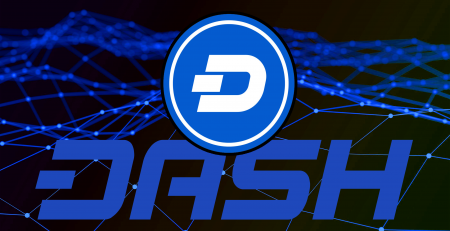
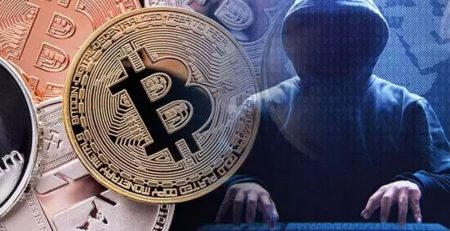
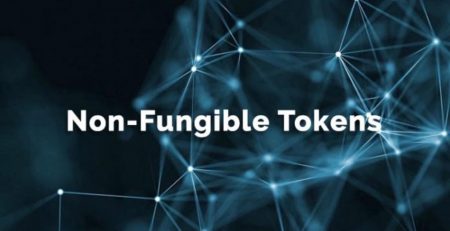
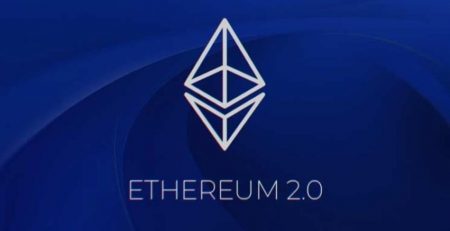
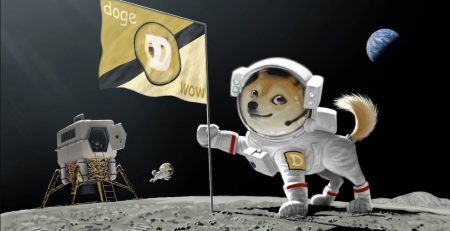

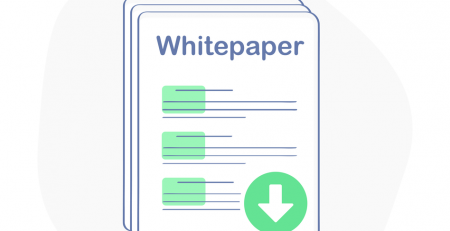


Leave a Reply